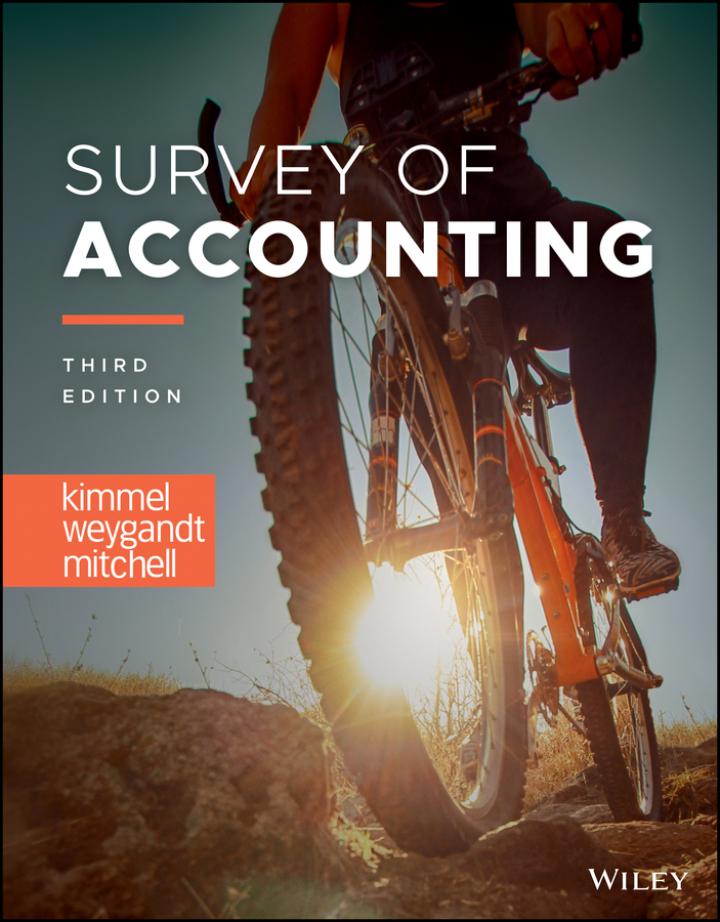Question
The firm has $15 million in retained earnings. After a capital structure with $15 million in retained earnings is reached (in which retained earnings represents
The firm has $15 million in retained earnings. After a capital structure with $15 million in retained earnings is reached (in which retained earnings represents 60 per cent of the financing), all additional equity financing must come in the form of new common stock. Common stock is selling for $24 per share and underwriting costs are estimated at $3 if new shares are issued.
Dividends for the next year will be $0.80 per share (D1), and earnings and dividends have grown consistently at 11 per cent per year. The yield on comparative bonds has been hovering at 12 per cent. The investment bankers feels that the first $20 million of bonds could be sold to yield 12 per cent and any additional debt might require a 2 per cent premium and be sold to yield 14 per cent. The corporate tax rate is 30 per cent. Debt represents 40 per cent of the capital structure.
a. Based on the two sources of financing, what is the initial weighted average cost of capital (Kd and Ke)
b. At what size capital structure will the firm run out of retained earnings? What will the marginal cost of capital be immediately after that point?
c. At what size capital structure will there be a change in the cost of debt? What will the marginal cost of capital be immediately after that point?pt
Step by Step Solution
There are 3 Steps involved in it
Step: 1

Get Instant Access to Expert-Tailored Solutions
See step-by-step solutions with expert insights and AI powered tools for academic success
Step: 2

Step: 3

Ace Your Homework with AI
Get the answers you need in no time with our AI-driven, step-by-step assistance
Get Started


